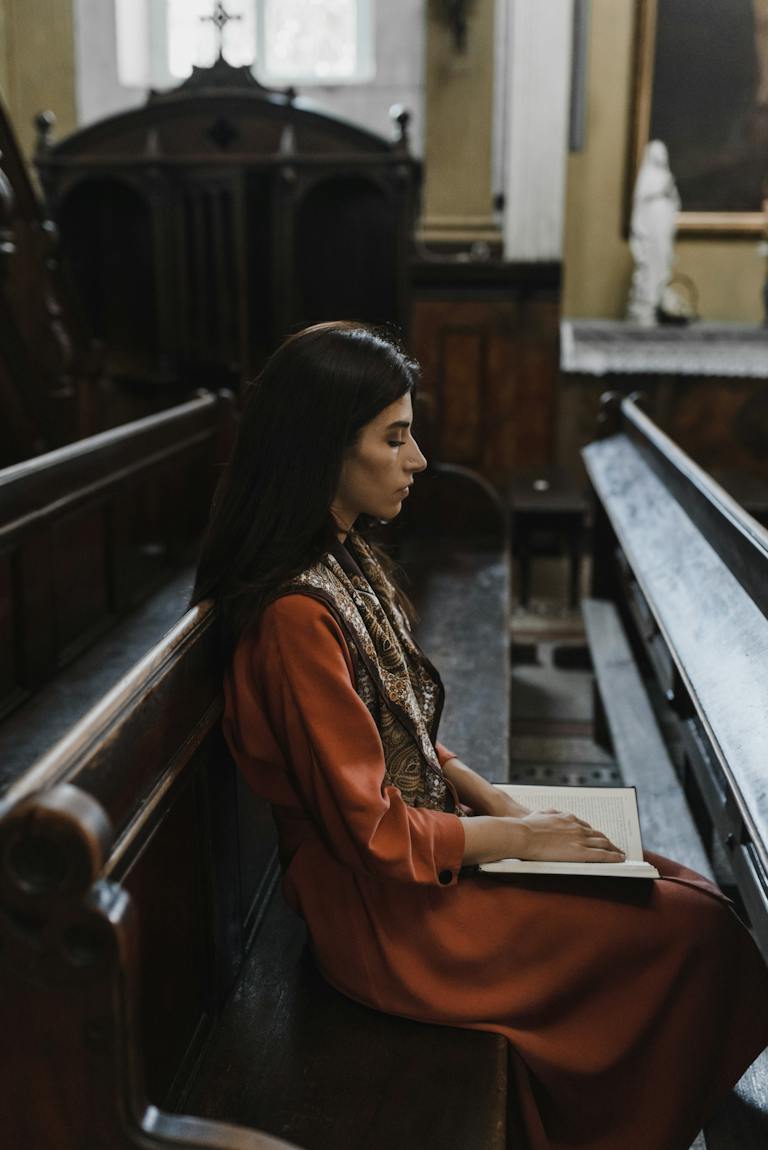How many Catholics are there in the world?
The number of Catholics in the world has grown steadily over the past century. Today, nearly 1.4 billion people identify as Catholic, making Catholicism the largest Christian denomination worldwide. But what does this vast global membership really look like?
In this post, I’ll break down the demographics of global Catholic membership and explore exactly how many Catholics there are across continents and countries.
A Truly Global Faith
It’s no secret that Catholicism is ubiquitous across the world. After emerging in the 1st century AD in the Mediterranean region under Saint Peter, the faith grew rapidly across Europe. Boosted by early missionary movements and colonial expansion during the Age of Discovery, by 1900 over 270 million people were Catholic.
In the 20th century, however, a major geographical shift occurred. Developing nations became new strongholds thanks to population growth and effective regional evangelization in regions like Africa and South America. Today, nearly 50% of all Catholics come from Latin America alone. When we look at mass Catholic membership by region, we see:
- 48.6% from Latin America and the Caribbean (673 million)
- 23.8% from Europe (329 million)
- 16.0% from Africa (221 million)
- 10.6% from Asia and Oceania (147 million)
- 0.8% from Northern America (76 million)
So while tradition remains rooted deep in European Catholic culture and architecture, present-day membership shows a faith transformed. Active parish life is thriving across Africa’s sprawling archdioceses, in the pueblos and rainforests of Latin America, and in overflowing churches across the Philippines.

Examining Catholics Members Country by Country
When looking closer, it’s clear that most global Catholicism stems from a relatively small number of countries and demographic groups. Just ten countries comprise over half of all Catholics:
- Brazil (172 million)
- Mexico (96 million)
- Philippines (86 million)
- United States (76 million)
- Italy (50 million)
- France (38 million)
- Colombia (38 million)
- Spain (37 million)
- Democratic Republic of Congo (31 million)
- Argentina (31 million)
Brazil boasts the world’s largest national Catholic population by a wide margin. Alongside other predominately Catholic countries in Latin America like Mexico, Colombia, and fellow heavyweight Argentina, this region truly drives overall membership numbers.
In Europe, Italy, France, Spain, and Poland collectively account for over a quarter of global Catholics. Though the percentage of self-identifying Catholics in these traditional European strongholds is declining, they still comprise the second-largest demographic block.
Lastly, while only hosting a fraction of total membership, African and Asian countries experience some of the highest rates of Catholic growth year after year. The Philippines in particular showcases astonishing numbers, with Catholics representing over 80% of the national population.
Mapping Rates of Growth and Decline
Transitioning from counting overall headcount to examining rates of change in Catholic membership percentages paints a more mixed picture. Looking at 2010–2020 figures, stark regional divides emerge:
- Africa: The Catholic population increased by over 43%, far outpacing general population growth.
- Asia: The Catholic population increased moderately by 10%.
- Latin America and Caribbean: Catholicism remains relatively stable, with less than 2% change.
- Northern America and Oceania: the Catholic population is contracting by 8% due to secularization and generational change.
- Europe is experiencing accelerated reductions, with over 10% fewer self-identifying as Catholic.
So while Africa and parts of Asia reveal rapid expansion concentrated around fresh missionary movements, Europe’s once devout parishes face steady decline, especially in former strongholds like Ireland, France, and the Netherlands.
This inverse tug-of-war between growth and contraction makes predicting future global Catholicism complex. Will African evangelization and Latin American stability balance out losses in the faith’s ancestral European homeland? Or will modernism, secularism, and theological liberalism eventually permeate developing countries as well?
Looking Ahead at Worldwide Demographics
Only time will tell whether the spectacular growth across Latin America, Africa, and Asia represents a temporary boom or a genuine long-term recalibration. As the World Watch Group highlights, by 2060, four out of every ten Christians will reside in Sub-Saharan Africa alone.
Yet predicting future membership strictly based on fertility rates risks overlooking the unpredictable interplay between politics, economics, and culture inherent in religious identity. And as prominent centers like Ireland and Quebec demonstrate, national fidelity can dramatically rise and fall within short generational bursts.
For instance, large lapsed Catholic populations across Europe and South America indicate tenuous loyalty vulnerable to faster-paced Protestant sects like Evangelicalism and Pentecostalism. And religious restrictions under Communism, Islamist rule, and Hindu nationalism directly threaten peaceful Catholic communities in Eastern Europe, the Middle East, and India.
So while sitting over 1.3 billion strong worldwide, uncertainty lingers whether global Catholic numbers represent spiritual conviction or just passive cultural inheritance facing modern pivotal pressure points.
Summary: A Faith Still Evolving and Adapting
In closing, estimating the worldwide Catholic population remains a multifaceted exercise, complicated by opposing growth trajectories divided across regions. While the global faithful continues to grow modestly each year, retention crises in ancestral European homelands signal an outdated religious infrastructure struggling to adapt to contemporary times. And the possibilities of political instability, war, and economic displacement introduce more uncertainty into any predictive statistical models.
Yet if resilience demonstrated over twenty centuries holds, the Catholic future likely lies in Africa, Asia, and Latin America’s potential, benefiting from global south population growth and reinvigorated evangelization movements led by charismatic bishops like Tagle, Chima, and Fernández. And lingering cultural vestiges and architectural heritage should act as stabilizing backstops, preventing full-scale collapse in struggling areas like Western Europe and Canada.
So while the precise outcome proves cloudy, global Catholicism persists as the world’s largest faith, representing over 17% of humanity in nearly every country. Though the shape Catholic demographics and ministry take into the 21st century remains dynamic, evolutionary, and linked to forces far beyond any individual or group’s control,.
We must acknowledge that, however strongly conviction burns today, religious adherence constantly responds to cultural, technological, and geopolitical developments over generations in every corner of the world.







